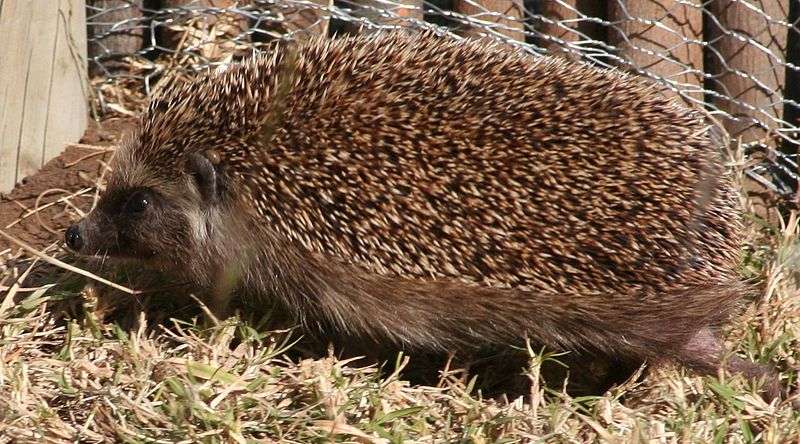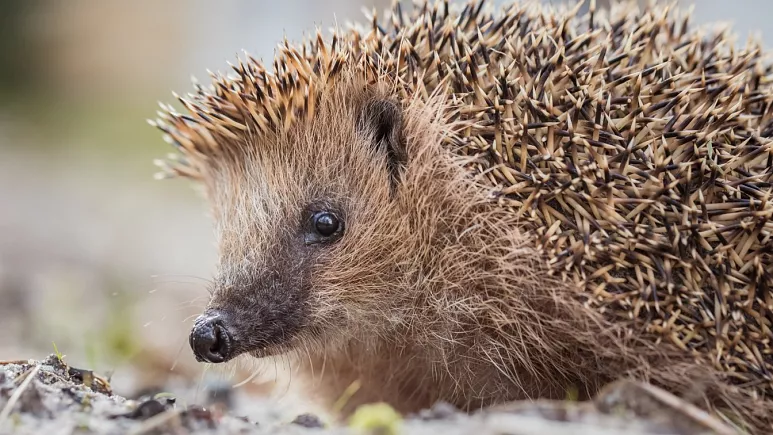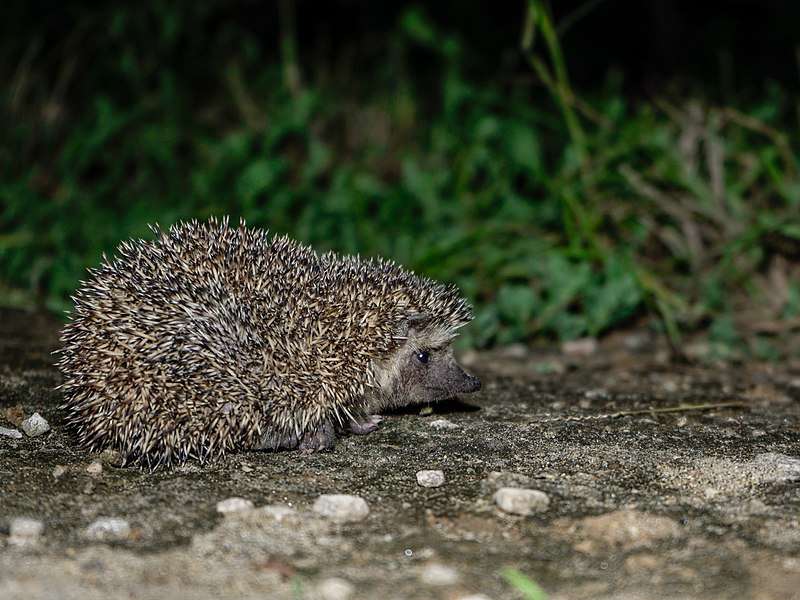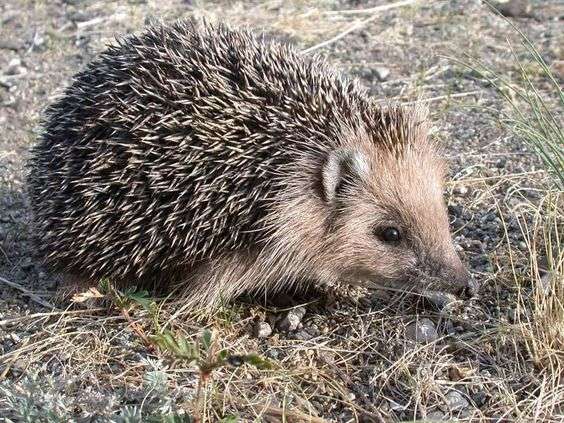
Description
Scientific Name: Atelerix frontalis
Lifespan: 7-year in captivity, which is four years longer than their 3-year wild lifespan.
A species of mammal belonging to the Erinaceidae family is the Southern African hedgehog (Atelerix frontalis).Sharp spines cover their entire bodies. Although there are different colors, brown is the predominant colour. Except for its face, belly, and ears, a hedgehog from Southern Africa is entirely covered in spines, which are compared to the horn of a rhino. These exposed body areas have fur coverings. Their spines are normally white at the base and dark brown at the tip, and they are dark brown in colour. They often have a white or brown bellies and sharp snouts. This variety of hedgehog is distinguished by a prominent white stripe across its forehead, which often extends from one leg to the other. In addition, this hedgehog differs from others in that it has five toes rather than the more typical four.
Habitat
In particular, southern African hedgehogs can be found in Botswana, Malawi, Namibia, South Africa, and Zimbabwe. Hedgehogs from Southern Africa can be found in a wide range of habitats, although they prefer open areas of grass and bushveld (a subtropical forest ecoregion in Southern Africa) that are not overly damp and have a thick layer of leaves and other detritus.
Behavior
Although the Southern African Hedgehog is thought to travel slowly, when threatened, it can move remarkably quickly at a speed of 6 to 7 km per hour. Either they normally spend the day in their habitat, which is a hole in the ground or an area covered with vegetation. The hedgehog curls into a ball while it is at rest. The hedgehog is nocturnal because it hunts for food at night. Studies have shown that heterothermic aids in maintaining the energy balance for this species during the winter when the Southern African Hedgehog hibernates.
As Pet

Habitat and Tank Requirements
The South African Hedgehog is very adorable; however, they can be a little difficult to take care of. First of all, they require a lot of area. Give them a space where they may roam since hedgehogs can go up to 3 kilometers in the wild in a single night. The enclosure needs to be at least 4 feet long and 2 feet broad, but if you can give your hedgehog more room, they would surely love it.
From there, you must always keep your body’s temperature between 72 and 80 degrees Fahrenheit. Because the South African Hedgehog is so susceptible to cold, we strongly advise putting a thermostat and a ceramic heat emitter to keep the temperature steady. The cage’s substrate is what you’ll need next. Throughout, we advise utilizing animal cardboard or a fleece liner. We advise creating a little litter box area as well because a hedgehog can be trained to use it with practice. You must provide them with a covered area to nest inside the enclosure. For your hedgehog to have ample area to settle in, this should be about the size that you’d use for a guinea pig.
Feeding
As an omnivore, the South African Hedgehog has a very diverse diet in the wild. Given how difficult it may be to reproduce this in captivity, it is advisable to provide them with premium hedgehog food as the foundation of their diet.
Don’t go overboard when adding fresh fruits and vegetables, gut-loaded insects, and a few additional servings of this cuisine. Your hedgehog will not consume the food it needs to thrive if you offer it too much of anything else. The hedgehog diet provides your hedgehog with the ideal combination of nutrients for optimal nutrition.
Table





